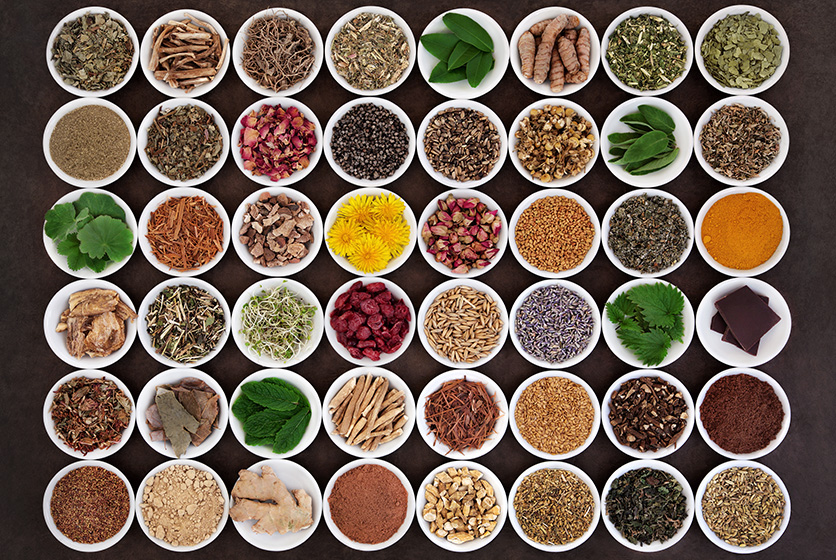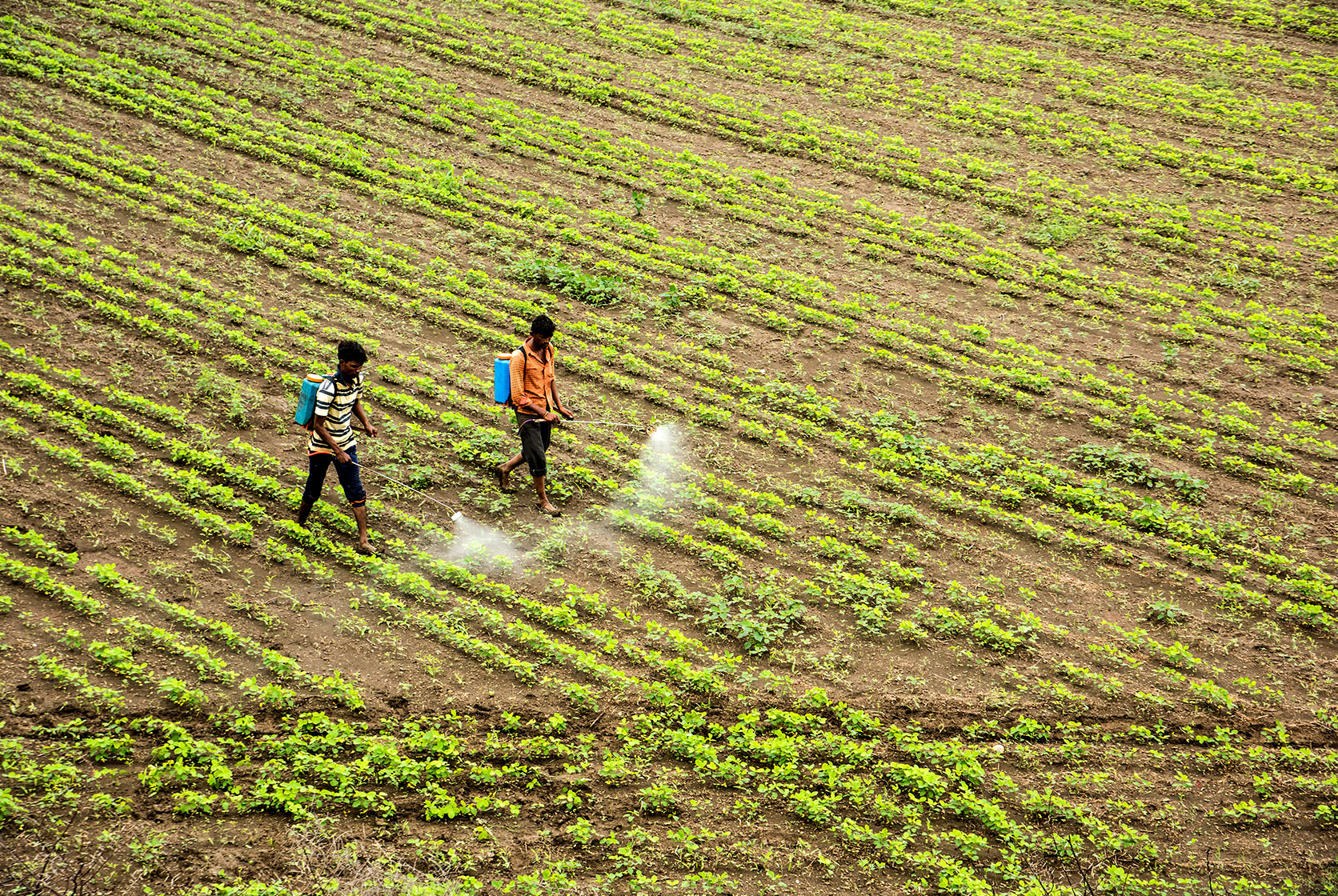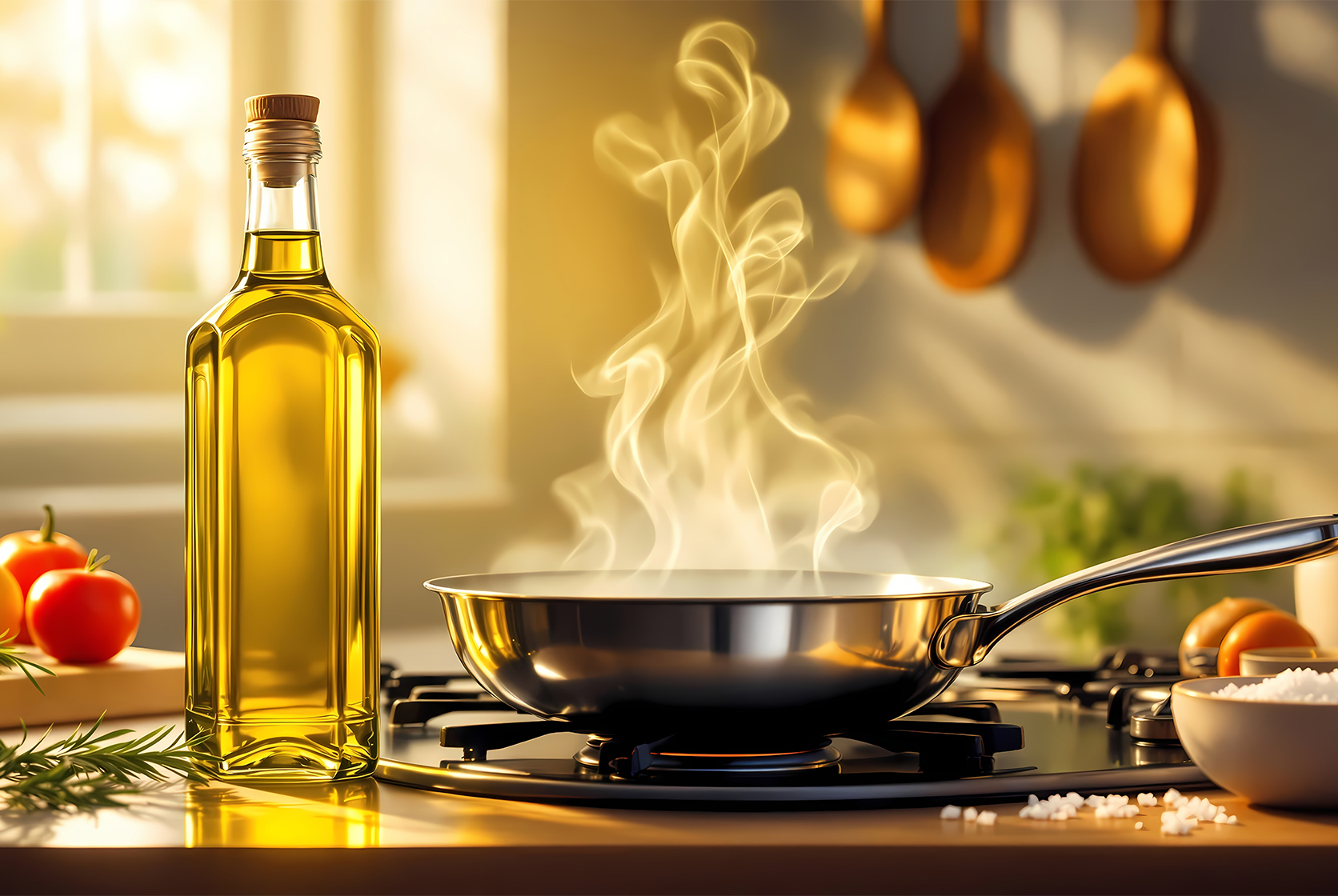Medicinal Herbs Farming
Medicinal herbs or plants have a huge role to play in India. Medicinal plants have found application in Ayurveda, dental care, pesticides, home remedies, personal care products, perfumes, essential oils, cosmetics, and the food industry too. Because of the wide range of applications, medicinal herbs farming or medicinal plant cultivation is gaining traction in India. Cultivation of medicinal plants in fields, rather than solely relying on natural sources, has also become important because of the rising awareness and use of herbal products in all walks of life.
Medicinal plant availability
Typically, a lot of medicinal herbs and plants are collected from wild habitats. It is estimated that 70% of India’s population still uses plants and herbs to take care of their health via traditional medicine systems. Whether it is systems like Ayurveda, or Siddha, or family traditions, medicinal plants play a key role in primary health care.
All regions in India have unique medical ethnobotany profiles. For instance, the Eastern Ghats are home to around 1800 species of medicinal plants such as rosary pea. The Indo-Gangetic Region has around 528 medicinal plants such as neem, bel, shatavari, brahmi, and punarnava to name just a few. The Western Himalayas has a rich array of plants such as haritaki, gooseberry, liquorice, ashwagandha and so on.
Mountain regions such as the Nilgiris, Aravali, and Himalayas have a strong connection with plants of high medicinal value. All these natural habitats contribute immensely to the availability of medicinal plants in India.

Cultivation
Forest areas and natural habitats are dwindling, and the demand for medicinal plants is increasing. This combination of factors has led to the growth in cultivating medicinal plants on ‘regular’ fields. Farmers are recognising the usefulness of cultivating medicinal herbs for commercial use. Central and State government schemes and missions are also doing their bit to promote the cultivation of medicinal herbs.
The National AYUSH Mission or NAM was launched by the Ministry of AYUSH (Ayurveda, Yoga, and Naturopathy, Unani, Siddha and Homoeopathy) in 2014. One of the main aims of the NAM is to motivate farmers to cultivate medicinal plants and sustain its cultivation too. This is done under the aegis of the National Medicinal Plants Board or NMPB.
The NMPB has published exhaustive lists of plants that have been prioritised for cultivation and are applicable for 30% to 75% subsidy too. For instance, plants like jatamansi, and guggal are eligible for 75% subsidy. Sarpagandha, and Seabuckthorn get 50% subsidy, and pippali, and manjishta get 30% subsidy. There is also extensive infrastructure for post-harvest management. The NMPB also makes recommendations to farmers of specific regions on what plants can be grown for better yield and financial returns.
It is significant to note that around twenty-five medicinal plants are in ‘permanent demand’ state. Some of the names on this list are:
-
Indian barbery or tree turmeric
-
Isabgol
-
Senna or swarnapatri
-
Mulethi to name a few
It would be interesting to see how the cultivation of medicinal plants in India progresses, with many States turning to this kind of cultivation to augment and even substitute their usual crops.
#InterestingInfo
-
India ranks second in the world when it comes to medicinal plant production.
-
Rajasthan has the highest area under medicinal plant cultivation.
-
Hortus Malabaricus, the oldest printed book on Indian medicinal plants of the Malabar region, dates to 1678.



